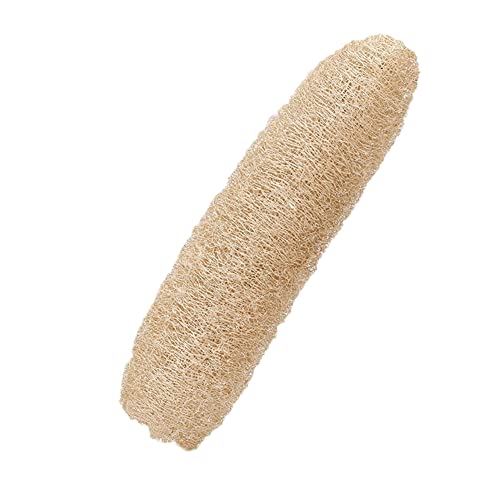Gasket
Well-known member
- Messages
- 198
- Location
- West Midlands
Guys,
Couple of times a week I’ve been filling up round the corner at my brothers who’s not on a metre. His water pressure is very low around 30 psi. Obviously it’s taken an age to fill the van, but that doesn’t bother me Cos it’s say there for well over 12 hours anyway. But my question is , is this low pressure causing premature damage to my system at all ??
Sent using the Window Cleaning Forums mobile app
Couple of times a week I’ve been filling up round the corner at my brothers who’s not on a metre. His water pressure is very low around 30 psi. Obviously it’s taken an age to fill the van, but that doesn’t bother me Cos it’s say there for well over 12 hours anyway. But my question is , is this low pressure causing premature damage to my system at all ??
Sent using the Window Cleaning Forums mobile app



























